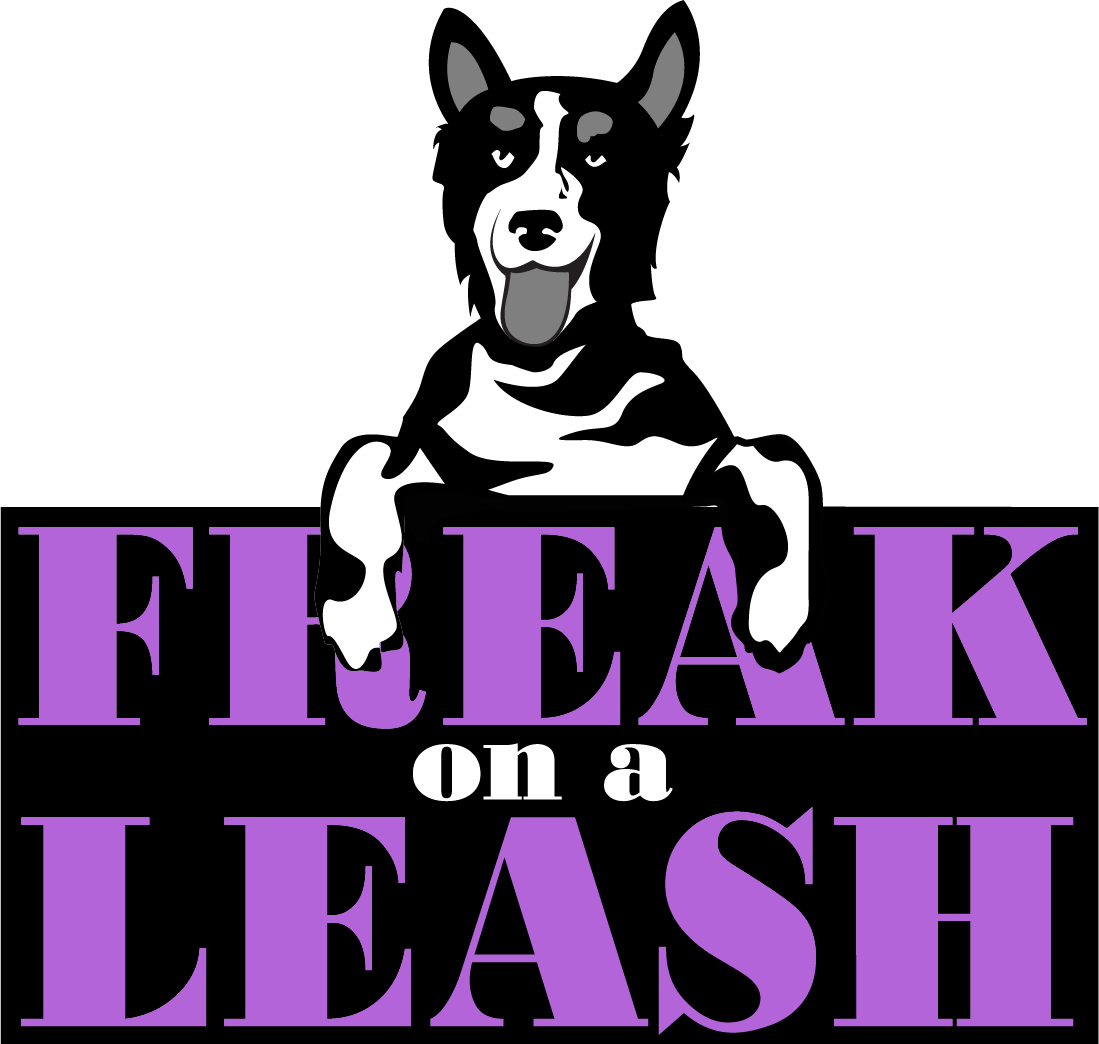Let’s talk about weight, wellness, and what’s really in that dog food scoop.
You’ve probably seen it on the back of every dog food bag: a tidy little feeding chart telling you how many cups to feed based on your dog’s weight. Sounds helpful, right? Here’s the thing—it’s not just unhelpful for most dogs… it’s one of the fastest ways to overfeed them.
As trainer and behavior consultants, we see the effects of overfeeding every week. Extra weight creeps up, behavior changes sneak in, and suddenly the “healthy” dog is less motivated, more irritable, or even in pain.
Let’s break down why keeping your dog slim is one of the kindest things you can do for them—and how to feed smarter starting today.
Why Slim Dogs Live Longer
We know from multiple long-term studies (including one with Labrador Retrievers that lasted over a decade) that lean dogs live longer—on average, about two years longer than their overweight littermates.
And it’s not just about longevity. Dogs kept at a lean body condition are:
• Less likely to develop arthritis and joint issues
• At lower risk for diabetes, heart disease, and cancer
• More mobile, playful, and mentally sharp into their senior years
• Better able to recover from surgery or injury
That’s right—those extra pounds don’t just weigh on their joints, they weigh on their immune system, hormones, mood, and quality of life.
But My Dog Doesn’t Look Overweight…
Most dogs I see in my behavior practice are just slightly overweight. And that’s the tricky part—it can be hard to notice. Many people have never seen a truly lean dog. We’ve become so used to round shapes and thick coats that ribs, tucks, and waists seem “too skinny.”
Here’s a quick body check:
• You should be able to feel your dog’s ribs easily, like a knuckle under a towel—not like a bag of marshmallows.
• They should have a visible waist when viewed from above.
• From the side, there should be a gentle upward tuck behind the ribcage.
Still not sure? Ask your vet for a body condition score at your next visit.
Why the Bag Lies
Okay, maybe not lies, but dog food feeding guidelines are based on broad averages—and those don’t take into account your dog’s:
• Age
• Activity level
• Metabolism
• Breed
• Neuter/spay status
• Health history
And let’s not forget: it’s in the manufacturer’s best interest for you to use more food. Most bags recommend far more than many dogs actually need.
How to Feed Smarter
Here’s a better approach:
1. Start with your dog’s ideal weight, not their current one (ask your vet if unsure)
2. Feed for that weight, not what’s on the scale today
3. Adjust based on body condition every 2–4 weeks
4. Track treats—they count! Use part of your dog’s daily kibble for training
5. Reassess after spay/neuter—calorie needs often drop significantly
6. Split meals into two or more per day to avoid overloading the system
How to Help Your Chubby Dog Slim Down (Safely)
When we’re working with an overweight dog, the goal isn’t just to feed less—it’s to change how they eat and move.
Start here:
• Kibble hunting: Toss kibble in the yard, around the house, or into snuffle mats so they move and sniff while they eat.
• Enrichment feeding: Use puzzle feeders, food-stuffed toys, licky mats, or scatter feeding. This slows eating and adds movement.
• Ditch the bowl: Make the dog work for every bite in fun, mentally stimulating ways.
Don’t start with agility or intense exercise.
Heavy dogs are more vulnerable to injury, especially if they already have joint stress or underlying pain. Jumping, sprinting, and climbing too early can do more harm than good.
Instead, start with:
• Short walks, often. Three 15-minute walks a day are better than one long 45-minute walk. Movement should be low-impact, consistent, and comfortable.
• Hill walking or soft sand walking. Great for building muscle—just keep it short and slow.
• Cavaletti work. Step-over poles (1–2 inches off the ground) spaced out in a line help with muscle tone and proprioception.
• Weight shifting and stand-to-sit exercises. Controlled transitions and balance work engage the core and stabilizers.
• Swimming or underwater treadmill. Ideal for dogs with joint sensitivity or arthritis—low impact and great calorie burn.
Extra Tips:
• Cut high-calorie treats; swap in veggies like green beans, carrots, or even ice cubes
• Monitor weight every 2 weeks and adjust food as needed
• Use movement as reinforcement—walks, sniffing, and play are powerful rewards
Slow and steady wins the race. The goal is fat loss and muscle gain, not just watching the scale drop. A lean dog with good muscle tone is going to feel better, move better, and live longer.
Your Dog’s Weight Impacts Behavior, Too
Did you know that overweight dogs may be less tolerant of touch or movement because they’re uncomfortable? Or that some reactive or anxious behaviors are worsened by chronic inflammation and joint pain?
Keeping your dog slim doesn’t just protect their body—it helps create a calmer, more balanced mind. That means better learning, better movement, and better resilience in stressful situations.
Let’s Build a Healthier Life, Together
If you’re not sure where to start, reach out. We’re happy to help you build a plan to combine training, enrichment, and weight management in a way that works for both you and your dog.
Their best life isn’t just about fewer pounds—it’s about more joy.
